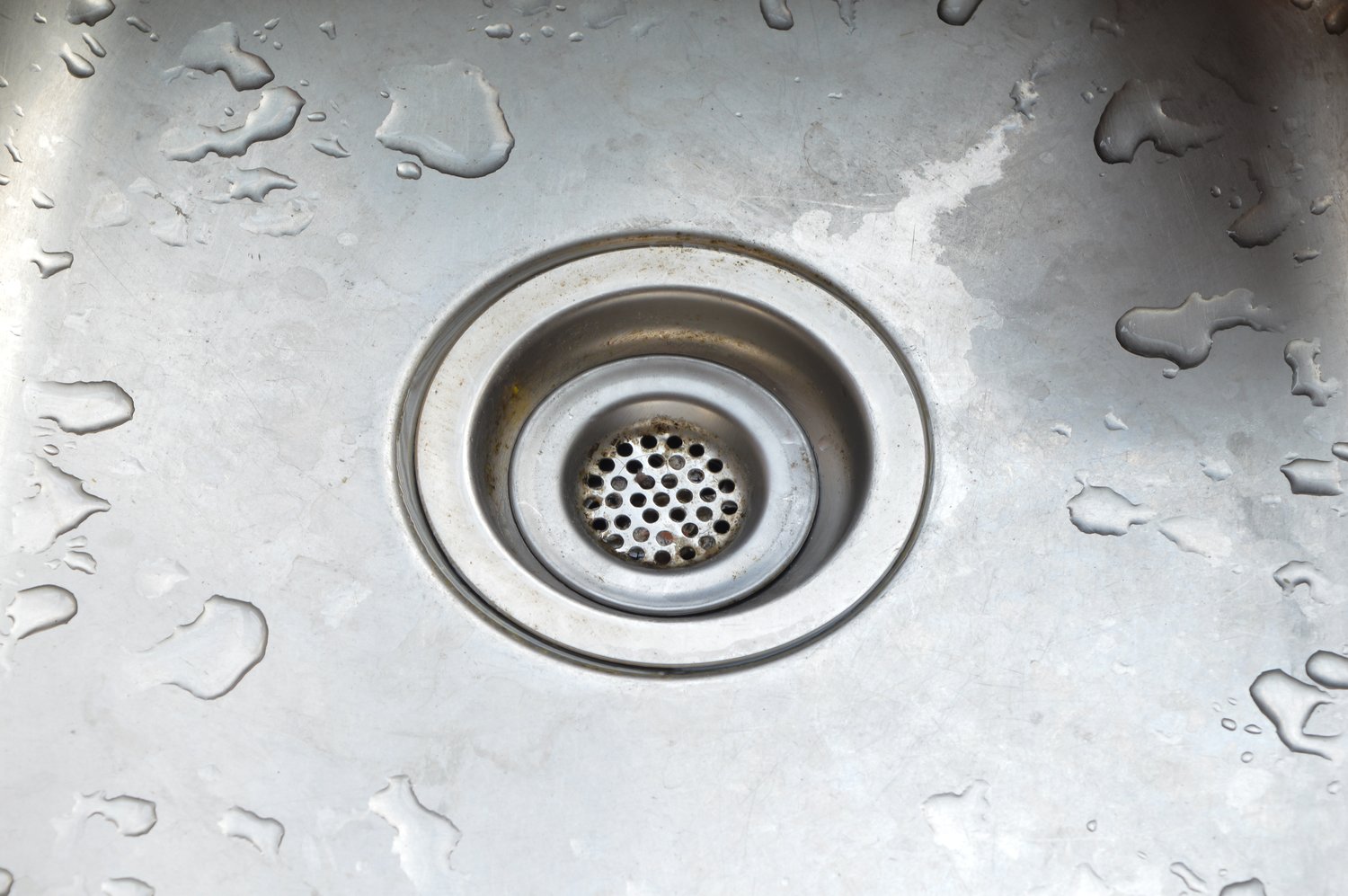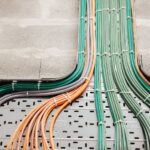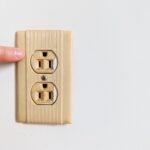In the hustle and bustle of a busy kitchen, the last thing you need is a sink overflow throwing a wrench in your operations. This critical issue can not only halt productivity but also lead to expensive repairs if not addressed promptly. With sink overflow prevention becoming an essential aspect of kitchen management, it’s time to explore the emergency drainage solutions that can keep your kitchen running smoothly.
- Understanding Causes and Immediate Solutions: Discover the hidden factors causing overflows and the swift solutions you can implement today.
- Emergency Drainage Devices Explained: Learn about cutting-edge overflow valves and sensor-activated pumps that act as your kitchen’s first line of defense.
- Long-term Strategies for Overflow Prevention: Explore maintenance practices that ensure your drainage system remains effective and reliable.
Tackling sink overflow issues head-on will not only save on repair costs but also maintain uninterrupted kitchen operations. Dive into the full article to uncover how these strategies can safeguard your kitchen’s future.
Understanding Sink Overflow Prevention: Emergency Solutions for Immediate Action
Sink overflows can be a major disruption in both commercial and residential kitchens. Understanding the common causes of sink overflow is crucial for implementing effective emergency solutions. These causes often include blockages in the drainage pipeline, faulty plumbing fixtures, and excessive water flow rates.
Immediate actions are essential to prevent a full-scale flooding incident. Monitoring your sink for early signs of trouble, such as slow drainage or gurgling sounds, can help avert potential disasters.
Once these warning signs are identified, employing swift solutions like temporarily shutting off the water supply or using a drain snake to clear minor obstructions can be effective measures in overflow prevention.
Furthermore, implementing preventative measures such as regular cleaning of drains and installing sink strainers can significantly diminish the risk of overflow occurrences. By maintaining an awareness of these issues, catering professionals and home users can ensure the smooth operation of their kitchen environments.
The Role of Emergency Drainage Devices
Emergency drainage devices play a vital role in actively preventing sink overflows. These devices, such as overflow valves and sensor-activated pumps, are designed to detect and rectify issues before they escalate.
Overflow valves, for instance, automatically redirect excess water flow away from the sink, channeling it safely to an alternative drain or storage tank. This process not only prevents overflows but also protects kitchen fixtures and surfaces.
On the other hand, sensor-activated pumps provide an even more advanced solution. Equipped with water level sensors, these pumps automatically activate to remove excess water whenever a pre-set threshold is reached, ensuring that overflow conditions are swiftly managed.
The integration of such technology into kitchen systems not only enhances operational efficiency but also reduces the likelihood of costly repairs and water damage, making it a worthy investment for both professional kitchens and residential spaces.
Long-term Sink Overflow Prevention: Emergency Solutions and Maintenance Practices
Ensuring the longevity and reliability of your drainage systems requires a focus on long-term sink overflow prevention. Regular maintenance is not only a proactive measure but a vital part of avoiding disruptions in both residential and commercial kitchens. Implementing these strategies can save you from unexpected kitchen troubles and costly repairs.
Begin by scheduling regular inspections of your plumbing installations. These checks should include examining the tapware, pipes, and under-sink setups for any signs of wear or potential blockages. Catching these issues early can prevent more significant problems, such as water damage or equipment malfunction. Consider using high-quality, corrosion-resistant materials that offer durability and enhance system performance.
An often-overlooked practice is keeping your sink drain and overflow channels clean. Accumulation of food debris and other residues can lead to clogs that increase the risk of overflow. Utilize enzyme-based cleaners periodically to break down organic material without damaging your pipes. This eco-friendly approach not only maintains optimal flow but also reduces unnecessary chemical use in your kitchen.
Automated preventive solutions, such as smart sensor-integrated systems, represent an innovative way to safeguard against overflows. These devices monitor water levels and automatically activate drainage or alert the user when thresholds are reached. Integrating such technology into your kitchen can significantly enhance safety and efficiency.
Finally, consider investing in a proactive drainage solution such as installing backup sump pumps or overflow valves. These devices provide an extra layer of security by offering emergency drainage capabilities in case of excess water flow. Prioritize regular evaluations of these systems to ensure they function correctly when needed most.
By combining these maintenance practices with high-quality emergency drainage solutions, you ensure seamless kitchen operations. Enjoy peace of mind knowing your sink overflow prevention strategies can handle even unexpected challenges.
Frequently Asked Questions on Sink Overflow Prevention
What are the primary causes of sink overflow?
Common causes include: clogged pipes, blocked drains, and improper sink installation.
How do overflow valves work?
Overflow valves act as a secondary outlet for excess water, directing it away from the sink.
Are sensor-activated pumps effective?
Yes, they are effective. They automatically activate to pump water away, preventing overflow.
Can regular maintenance prevent overflows?
Definitely. Regular checks ensure drain efficiency and prevent clogs.
What maintenance practices help in long-term overflow prevention?
- Routine pipe inspections
- Clearing debris blocking drains
- Ensuring proper sink installation
Do emergency drainage solutions require professional installation?
Often recommended. Professional installation ensures proper functionality and safety compliance.





